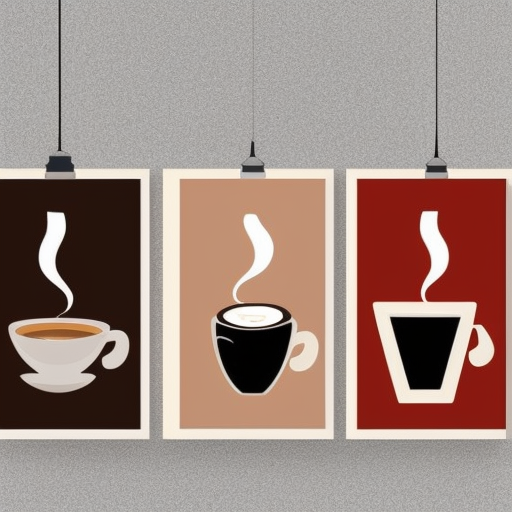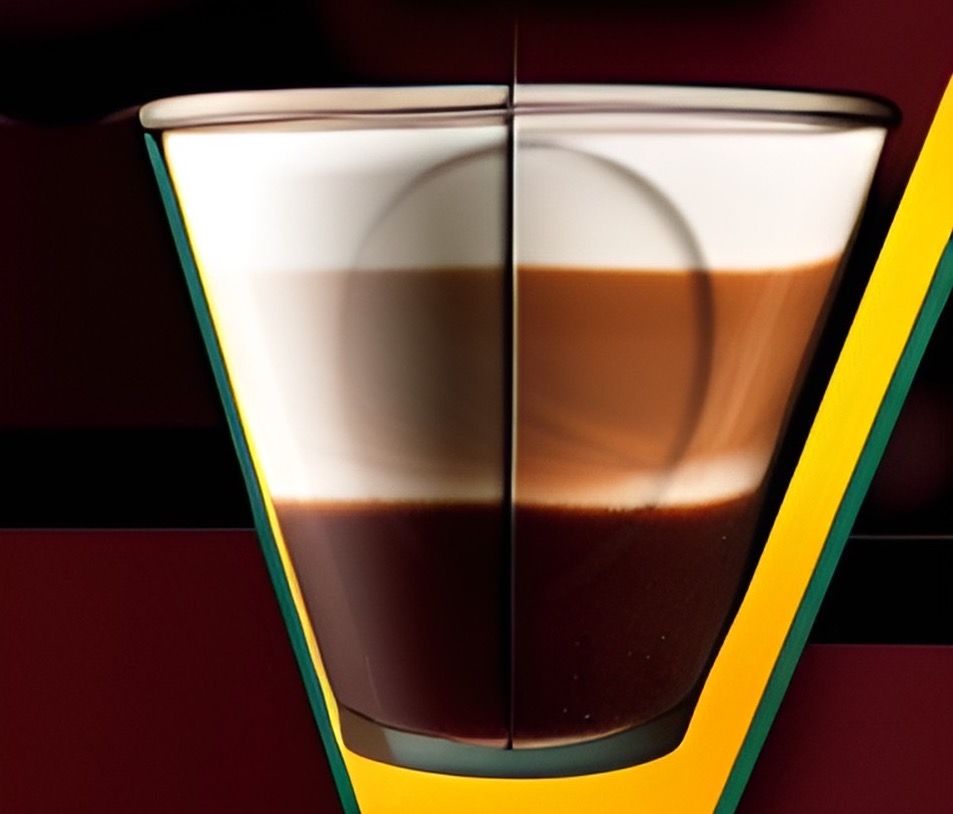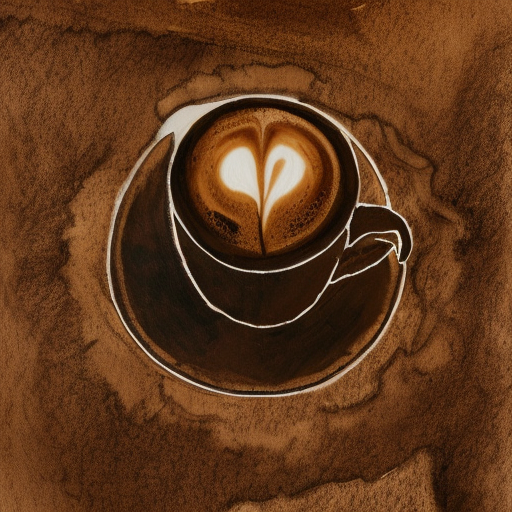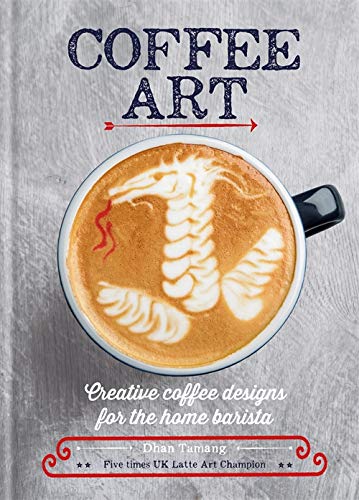If you’ve ever ordered a cup of coffee from your favorite cafe, you may have noticed that there are many different names for the same type of beverage. Yesterday, we covered what the differences are between a cappuccino and a macchiato. What about an americano or a latte? In this blog post, we’ll explore the different types of coffee drinks and what makes them unique.
Cappuccino vs Macchiato
Though these two types of coffee drinks are often confused for each other, they do have some distinct differences. The main difference is that cappuccinos contain more foam than macchiatos. A cappuccino typically contains equal parts espresso, steamed milk, and foam while a macchiato contains less foam and more espresso than a cappuccino. Another difference is that cappuccinos have a sweeter flavor due to the addition of steamed milk while macchiatos have a stronger espresso taste.
Americano vs Latte
The main difference between an americano and a latte is the amount of milk used in each drink. An americano is made with one shot of espresso and then hot water is added to create a larger cup with less intensity in flavor. On the other hand, lattes use two shots of espresso and are made with more steamed milk than an americano so it has less caffeine but also more sweetness due to the extra milk used in its creation.
Mocha vs Frappe
A mocha and frappe are both cold coffee drinks but they differ in ingredients. A mocha is typically made with chocolate syrup or cocoa powder along with espresso, steamed milk, whipped cream, and topped off with chocolate shavings (optional). On the other hand, frappes are blended beverages made with ice cubes, flavored syrups such as vanilla or caramel, sweeteners like sugar or syrup, some sort of creamer like half & half or non-dairy creamer; then finished off with whipped cream on top (optional).
Whether you’re just starting out trying different types of coffee drinks or you’re already an expert barista, understanding the lingo associated with different types of coffees can help you order exactly what you want when visiting your local cafe. From cappuccinos to macchiatos to mochas to frappes – now you know all about them. So next time you’re at your favorite cafe ordering up something delicious take this guide into consideration.
Of course, this post just scratches the surface of the many types of coffees. A fun way to remember is this poster to visually see the drinks and their make up. I’m still looking for a pocket version. Please note that if you purchase from clicking on the link, I will get a tiny bit of that sale to help keep this site going.





